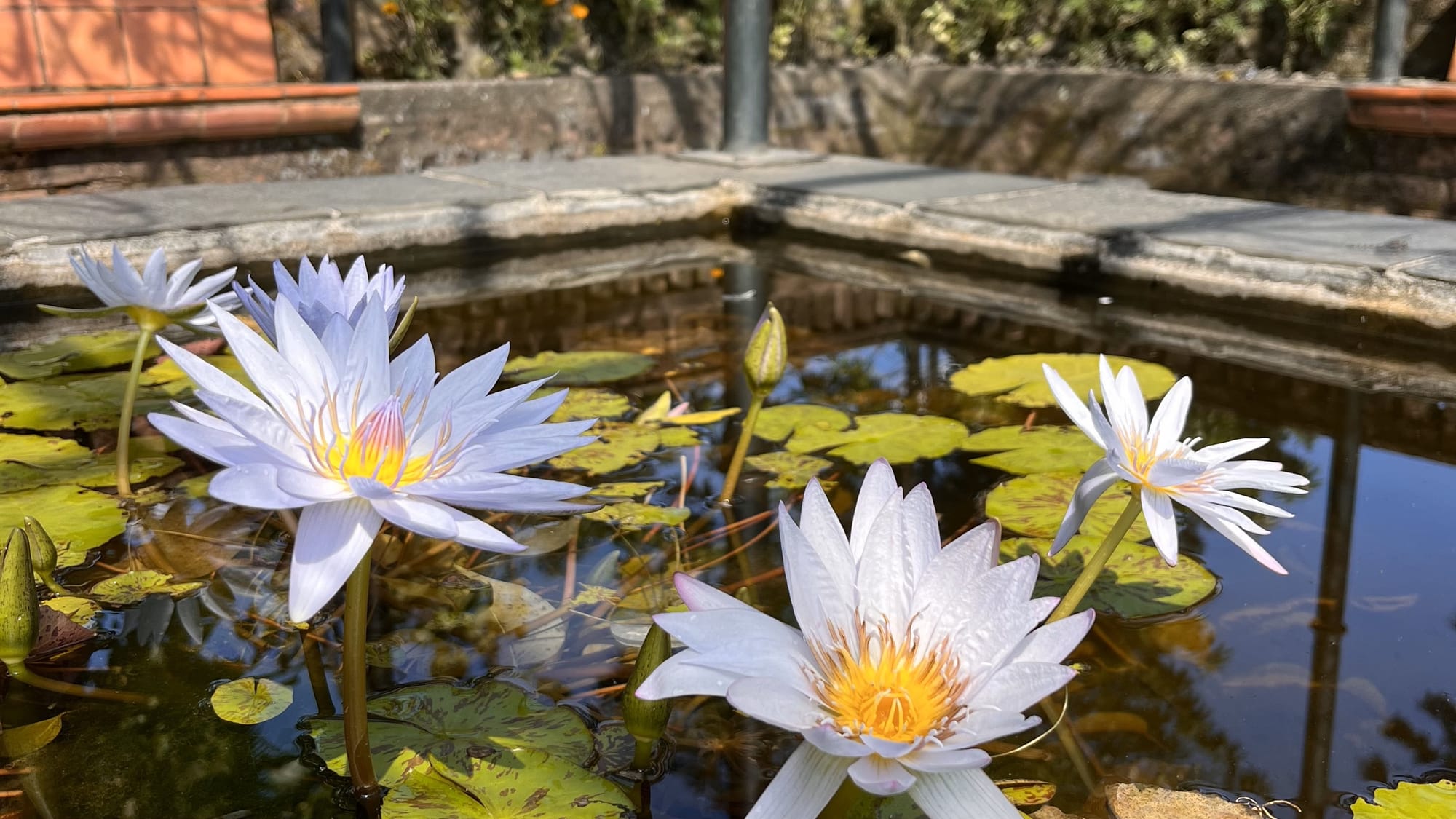
When The New York Times Style Magazine published its list of “The 25 Essential Gardens To See In Your Lifetime,” I clicked, expecting that surely the oasis of serenity called the Garden of Dreams would appear.
Nestled in the chaos of the ancient city of Kathmandu, Nepal, this neoclassical garden had made a lasting impression on me. Outside its walls, there was constant traffic, dust, and noise—along with visible poverty, hunger, and lingering earthquake damage. In 2026, Nepal is just now poised to transition away from the UN’s designation as a “Least Developed Country.”
But the Garden of Dreams was built in 1920, a vision of calm long before the city’s modern bustle. Its pergolas, statues, water features, and pavilions, surrounded by immaculately maintained exotic flowers, shrubs, and trees, reminded me of the lush landscape I’d just trekked through on the Annapurna Circuit in the Himalayas.
Alas, it didn’t make the cut. The panel of six horticultural experts the Times assembled reportedly spent four hours debating 51 finalists, only eight of which had more than one nomination.
The article doesn’t reveal their full deliberations, but the fact that Versailles didn’t make the list, while an earlier design from the same architect did, suggests the jurors were favoring the lesser-known gems. Picking indie bands over pop hits, so to speak.
Still, the Garden of Dreams was certainly a chart-topper in its day. It is the legacy of Kaiser Shumsher Jung Bahadur Rana (1892–1964), who was once described by a visiting English journalist as a man “who combines an astonishing width of reading, knowledge of the world, and general culture with a reputation as a first-class shot and an expert knowledge of the fauna of Nepal.”
That breadth of vision came to life in the creation of the garden, originally called the Garden of Six Seasons because of its six freestanding pavilions, each dedicated to one of Nepal’s seasons. Only three have survived to today.
As a native of subtropical Louisiana and a longtime resident of Austin, Texas, which shares the same climate classification, I’ve always appreciated the Nepalese concept of six seasons over the more familiar Western four. They reflect meteorological shifts more than astronomical cycles.
Nepal’s seasons are:
- Basanta (Spring): Mid-March to mid-May
- Grishma (Early Summer): Mid-May to mid-July
- Barkha (Summer Monsoon): Mid-July to mid-September
- Sharad (Early Autumn): Mid-September to mid-November
- Hemanta (Late Autumn): Mid-November to mid-January
- Shishir (Winter): Mid-January to mid-March
While Austin is the polar opposite of monsoon season in July and August, winter here also tends to hold off until January before making its most dramatic entrance.
It was October when I visited Nepal, so I experienced the beautiful Sharad, or early autumn. The crisp air and golden light drew both locals and tourists to the garden paths. I think I saw at least 50 Instagram photo shoots in progress.
Adjacent to the former Royal Palace (now a museum), the garden was originally a gift to Kaiser Shumsher from his father, who was then Prime Minister. Shumsher commissioned Kishore Narshingh, the designer of Kathmandu’s Singha Durbar palace, to bring his vision to life, but it’s widely believed that Kaiser Shumsher’s creative direction shaped the result.
A scholar and diplomat, he traveled frequently to Europe and returned with books, manuscripts, and Western ideas. His personal library, now open to the public, houses over 60,000 books and periodicals and is among the oldest in Nepal.
So it’s no surprise that the garden reflects European influences. Italian and French symmetry play a role, but it’s the English garden style, favoring architectural features and a more relaxed, natural approach to flora, that shines through.
The impact of colonialism on garden design was reportedly a topic in the Times’ selection process. And while Nepal was never colonized by Britain, it did sign a treaty of perpetual peace and friendship just three years after construction on the Garden of Dreams began, thus sealing a rather symbiotic relationship between the countries.
The Garden of Dreams is a perfect example of that relationship with its combination of British control through architectural and sculptural elements and the drama of sub-tropical Nepalese plants such as the rhododendron, bamboo, lotus, orchids, and philodendrons. Adding pops of color are pots of the marigolds that are so popular as offerings to Hindu deities, as well as in Buddhist rituals.
After Kaiser Shumsher died in 1964, the garden fell into disrepair. At one point, it was nearly demolished for commercial development. Thankfully, the government, with support and financial aid from Austria, initiated a major restoration in the early 2000s.
Today, much of the income needed to keep the garden in good shape comes from the admission fee that is charged, but local residents do get a discount on the price that tourists from outside of Nepal pay. It was only 400 rupees (less than $3 US) when I was there, though, and it’s worth much more. Located at the eastern edge of the Thamel neighborhood, it’s easily accessible from many parts of Kathmandu by taxi, local bus, tuk tuk, or, like I did, by walking.
No outside food or drink is allowed, but the on-site Kaiser Café serves a mix of Nepali and Continental fare. After wandering the paths and sitting beneath the shade of pavilions, I opted to head next door to Himalayan Java Coffee for a sandwich and a green smoothie. I needed a little greenery inside me after so many days of dal bhat (a hearty lentil stew served over rice) on the trail.
While the Garden of Dreams didn’t make the Times’ list, another urban sanctuary did: New York City’s High Line. I’ll be traveling to the city soon and hope to walk its elevated paths. Instead of rhododendrons and orchids, I hear there are native grasses and repurposed rail tracks.
The settings may differ, but the feeling I seek is the same—a moment of peace in the heart of a city, where the natural and the manmade meet in quiet harmony.
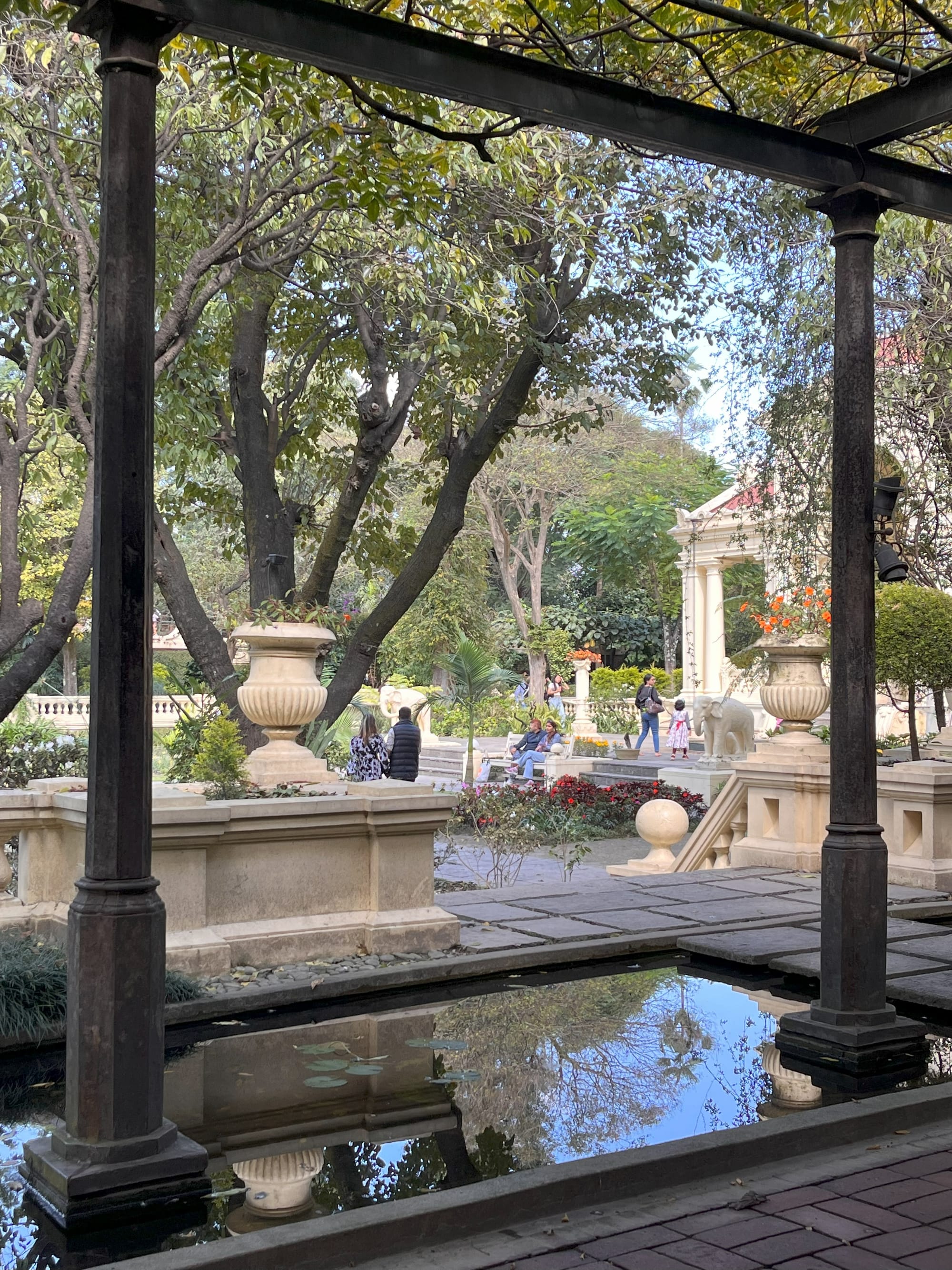
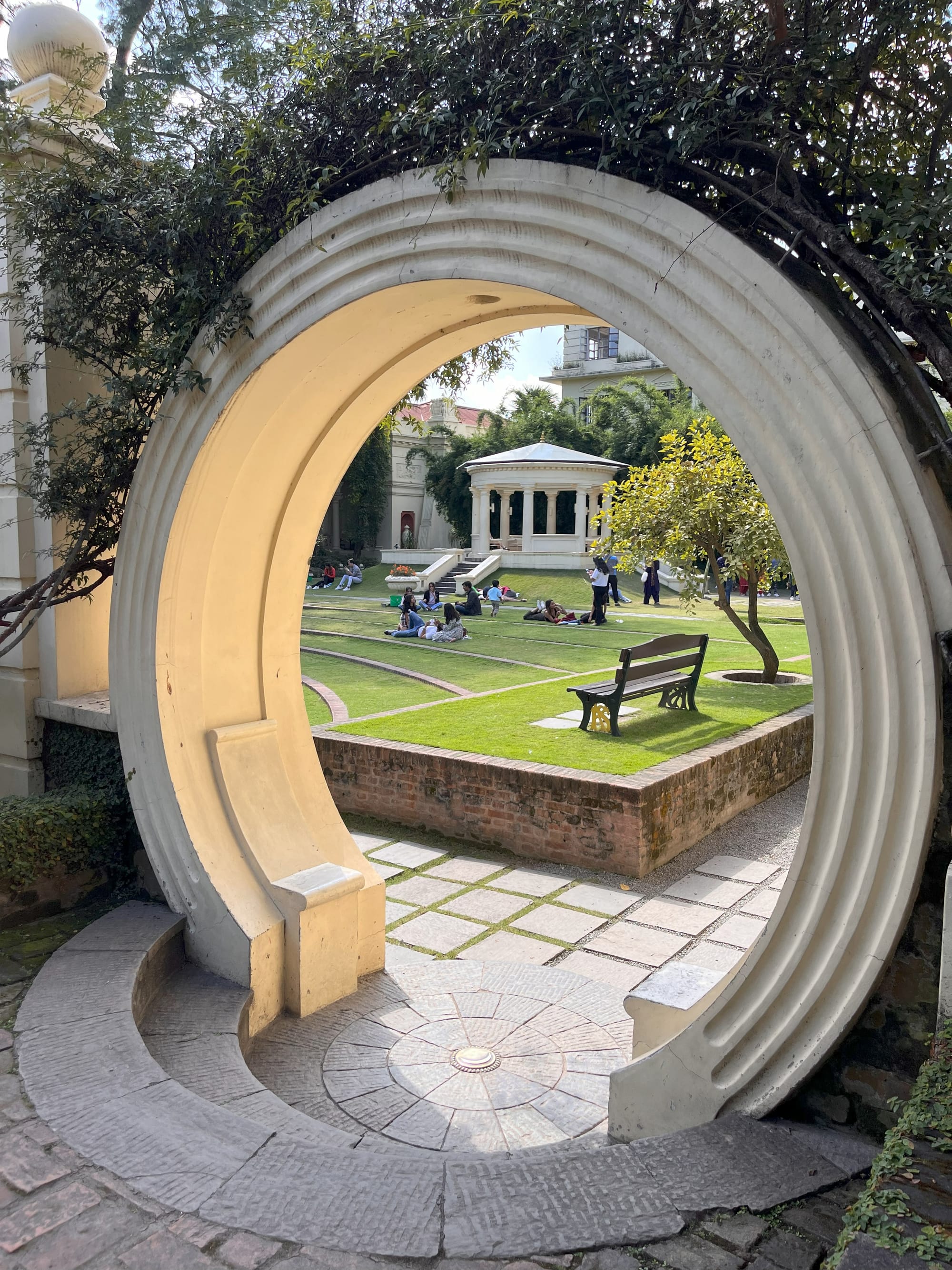
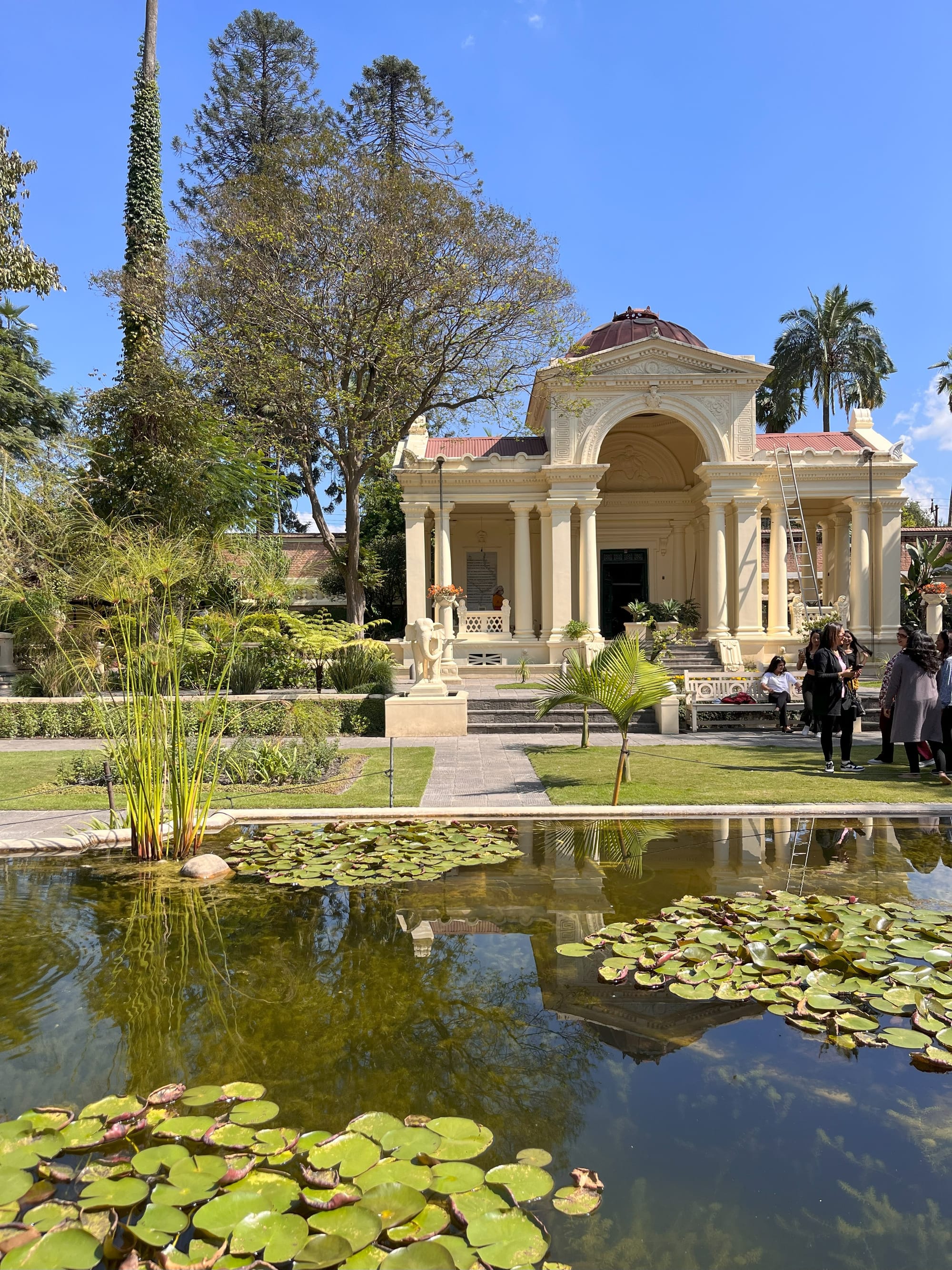
Pergolas, ponds, a moon gate, and the Basanta (Spring) pavilion. © Laura Pevehouse




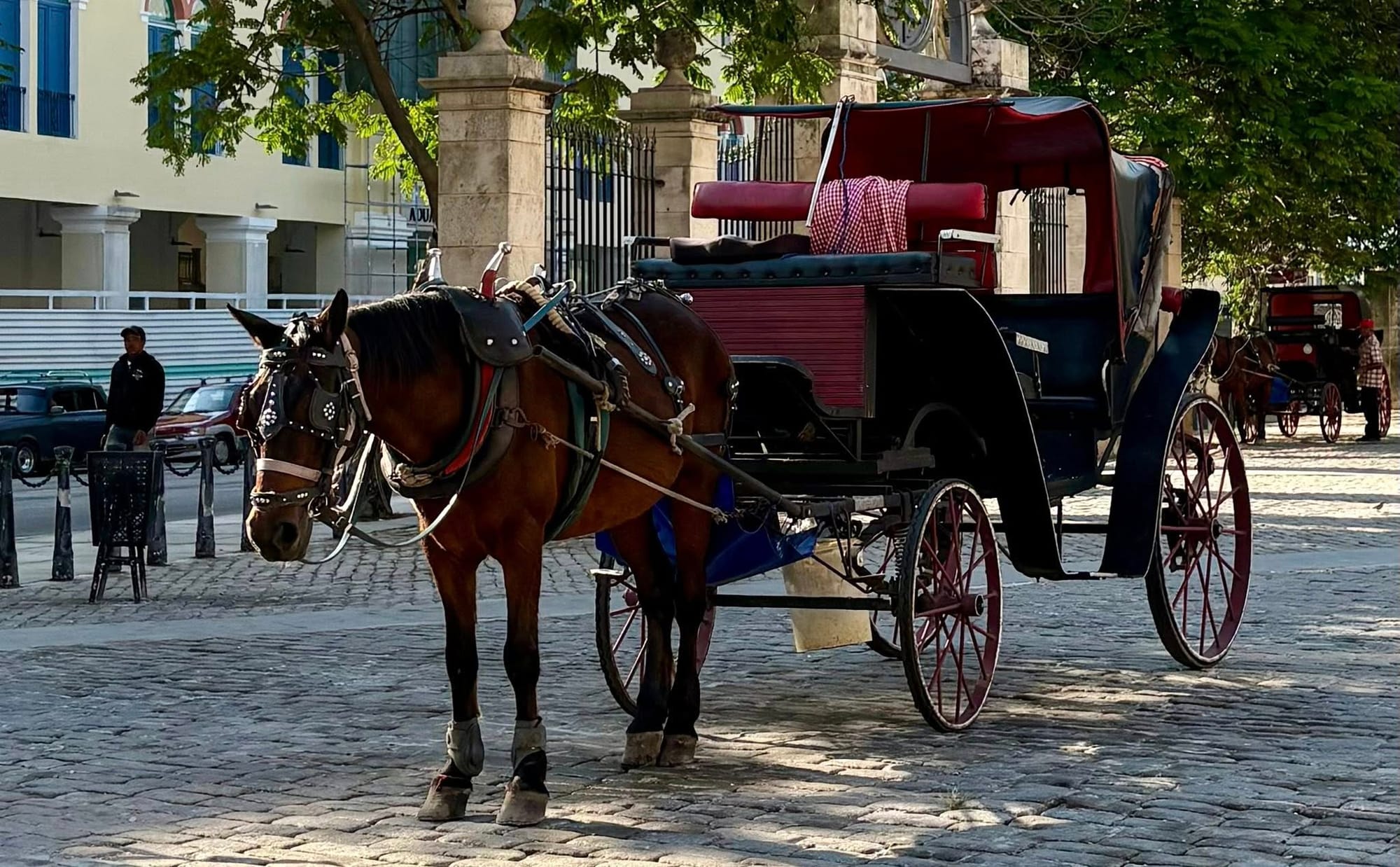
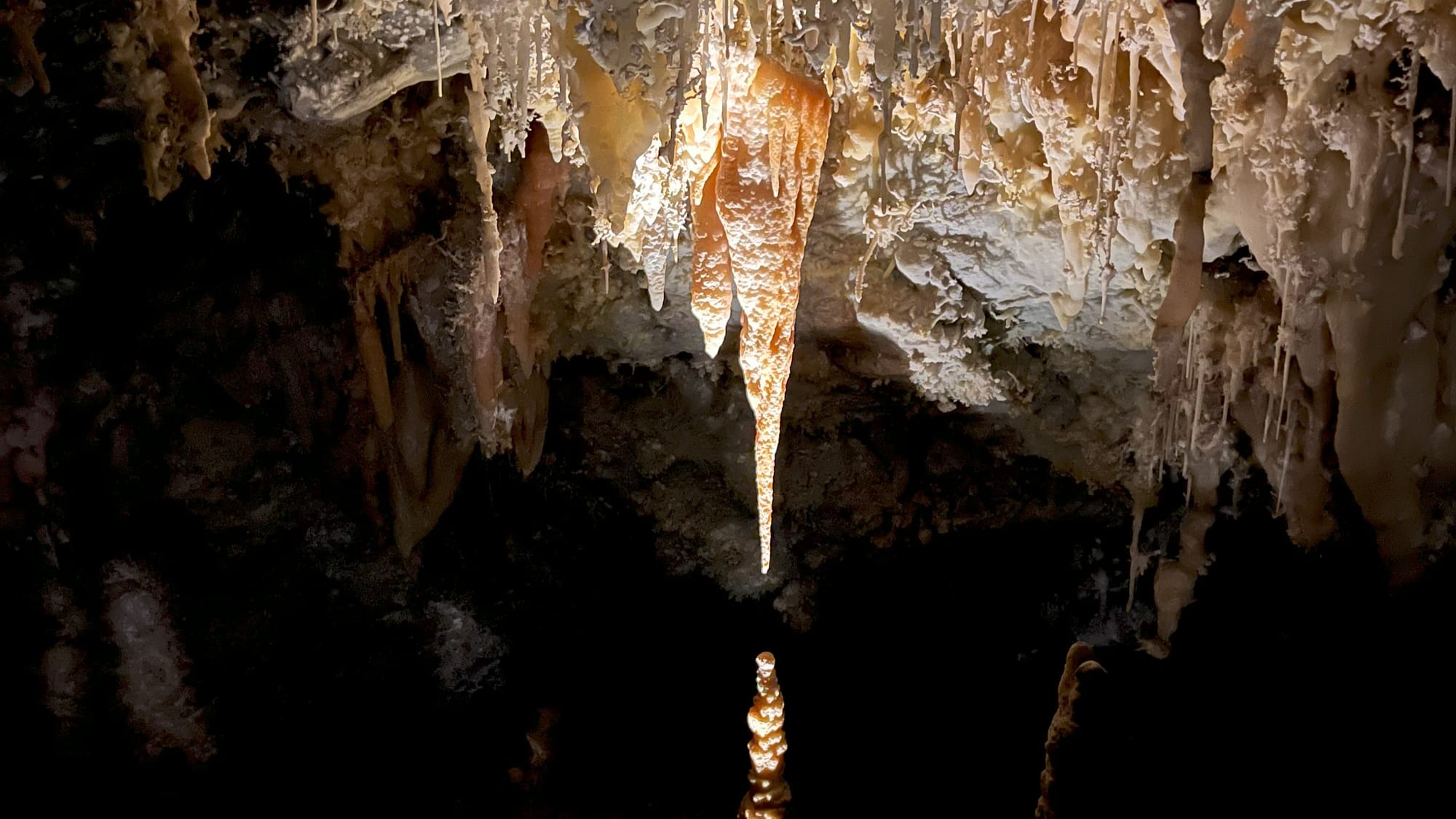
Comments